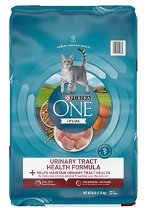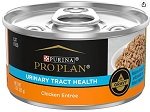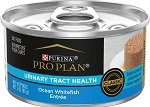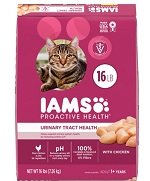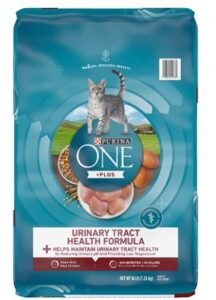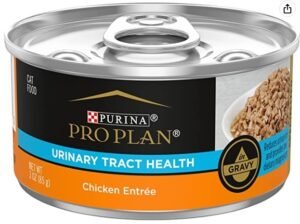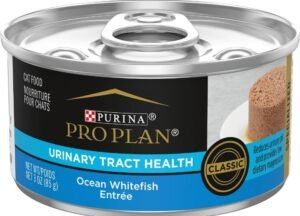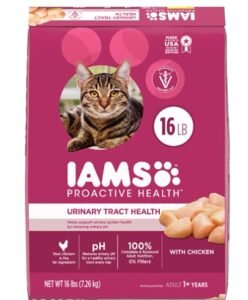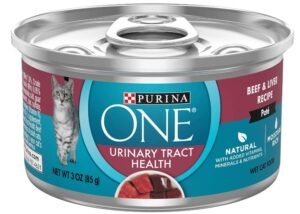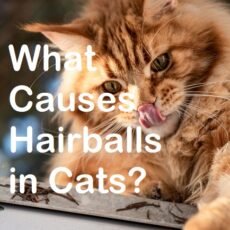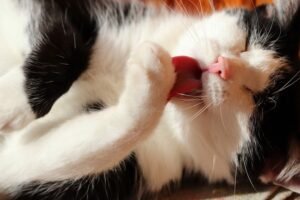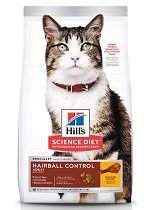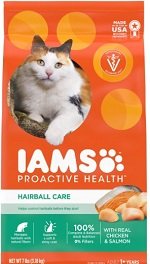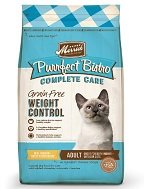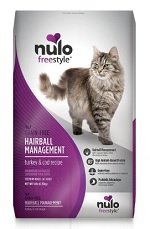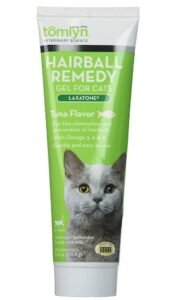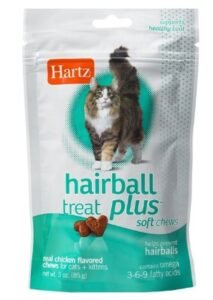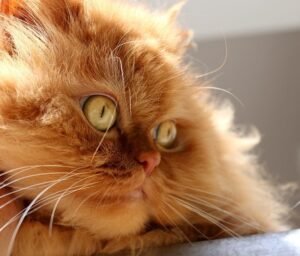Knowing what food is best for your cat can be complexing when there are so many different cat foods available on the market. They are advertised as being healthy, well-balanced cat foods with the best ingredients. But are they? In this article we give our view on what we consider to be the worst cat food ingredients.
It is important to educate yourself on cat food ingredients and then read the cat food labels carefully before deciding on a particular cat food.
The worst cat food ingredients to avoid (no particular order)
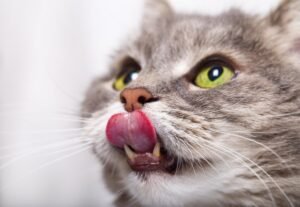
Carrageenan
This ingredient is added to wet cat foods as a gravy thickener.
Carrageenan is considered to be carcinogenic and can cause inflammatory problems leading to Colitis, Arthritis and IBS (irritable bowel syndrome). It may also damage parts of the digestive tract and organs such as the liver and kidneys.
Carrageenan has been used in laboratories to trigger cancer in their test animals.
Carrageenan is in most canned pet foods. The manufacturers will tell you that they use the “Safe” form of Carrageenan. However, there is no real “safe” form as it converts to an unsafe form in the cat’s digestive system.
Meat Meal/By-product
Real meat should always be the first ingredient listed on cat food labels. When the meat ingredient isn’t named, then you do not know what they have put in the food.
Often by-products are organ meats such as brains, kidneys, and hearts – which are all great for cats, however, if the by-product isn’t named, then what you are getting may not be beneficial to your cats.
Meat and bone meal is generally the leftover parts of the animal after the meat has been removed. Again, it is better to know what this is.
Remember, cats are obligate carnivores. They are only meant to eat animals. In the wild they will eat pretty much the whole body of small animals, gaining nutrients from blood, bones, organs, and meat.
Too Much Fish
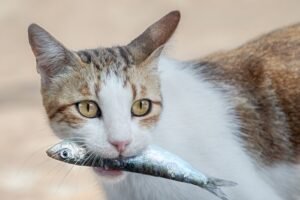 Fish, in general, should not be fed to cats – except maybe occasionally. Fish is not a natural food for cats. Cats in the wild are hunters – not “fishers” (Except occasionally).
Fish, in general, should not be fed to cats – except maybe occasionally. Fish is not a natural food for cats. Cats in the wild are hunters – not “fishers” (Except occasionally).
Cats cannot Digest or Metabolize fish well – so fish leaves a lot of by-products in the blood. Which must be cleared out by the kidneys and liver – putting extra stress on these organs.
Large predatory fish like tuna can accumulate mercury in their systems. When consumed by cat’s this toxin will accumulate in the cat’s body. Not all large predatory fish will have this toxin in them, however it is better to er on the safe side and minimize how much you feed to your cat.
Avoid any foods containing salmon or salmon oils (unidentified fish or oils are generally from salmon). This is because the salmon will be farm-raised. Farm-raised salmon contain carcinogens.
It is common for cats to have a fish allergy.
Feeding fish to cats can be very dangerous for them. Check out this website that talks about why.
Liver
Avoid foods that contain Liver – unless it’s organic or from poultry. Liver can harbor toxins from the animal it’s from. Poultry does not live that long, so, liver from poultry will tend to ok.
Synthetic Preservatives
BHT (butylated hydroxy anisole), BHT (butylated hydroxytoluene) and Ethoxyquin are three nasty chemical preservatives commonly found in cat foods. BHA and BHT are chemicals added to fats as preservatives.
According to California’s Office of Environmental Health Hazard Assessment, BHT is a known carcinogens and reproductive toxicants. BHT is also a carcinogen and causes liver and kidney damage in rats.
Ethoxyquin is illegal to use in human foods in USA, however, it is still legally added to pet foods. Reports indicate that it is harmful if swallowed or if it directly contacts the skin. Ethoxyquin often enters through the ingredient ‘fish meal’ and may not even appear on the label.
Another one to look out for is Propylene Glycol (PG). It is a humectant (moistening agent) found in some soft cat foods and treats. It is derived from ethylene glycol (EG) – antifreeze. PG is toxic to animals. Note, this ingredient is touted as non-toxic and non-absorbent for your pet. But consuming ‘pet-safe’ antifreeze’ will not ensure your cat’s health.
Food Dyes
Blue 2, Red 40, Yellow 5 and 6, have been linked to allergic reactions, behavior problems, and cancer in humans.
4-methylimidazole (4-MIE) can be found in the color caramel. 4-MIE is known to be poisonous to animals.
Grains
 Most cat foods will contain grains being touted as being beneficial to cats for the carbohydrates they provide. Once again, we must point out that cats are obligate carnivores.
Most cat foods will contain grains being touted as being beneficial to cats for the carbohydrates they provide. Once again, we must point out that cats are obligate carnivores.
Cats have difficulty digesting carbs from grains. Cats generally get all the carbs they require from meat.
In addition, many cats have an intolerance to wheat and corn gluten. As with humans with this condition, it can lead to itchy skin, vomiting and diarrhea.
Other forms of grain such as rice can impair taurine (an essential amino acid that cats get from meat) absorption.
Some cat food companies say their products are grain free, but this doesn’t mean they are carb free. They will use vegetables such as potato, pumpkin, and peas. Cats are unable to produce amylase in their saliva needed to break down carbs.
Food labels will sometimes say the vegetables provide protein for cats (cat’s require high protein in their diets). The protein from vegetables (and legumes) is not the type of protein that cats require.
Something else to mention, grains will likely have traces of chemicals like glyphosate on them. These disrupt the gut flora and fauna that can lead to immune problems. In addition, GMO ingredients tend to have a greater load of glyphosate.
Rendered Fat
The process of rendering separates fat, removes water and kills pathogens. The fat that is removed goes into pet food as “animal fat”. This will be named as: chicken fat, beef fat etc.
Rendered products are deemed “unfit for human consumption”. If we shouldn’t eat it, then should our pets? Rendered cat food products typically have relatively high protein levels, however, the quality of those proteins is often questionable.
Rendered products may be listed as meat meal or by-product.
Legumes
Legumes such as peas, lentils, soybeans, and chickpeas, are a common ingredient in commercial cat food. They are promoted as being high in carbs and proteins for your cat. Cats don’t require the carbs and the protein is not one cats can easily digest.
Legumes are known to cause diarrhoea and have been linked to kidney damage.
Small amounts in cat food will not harm your cat.
Vegetable Oils
Sunflower, canola, and olive oil in cat food offers no benefit to cats. They are unable to absorb the Omega 3 and 6 fatty acids.
Cellulose
Cellulose is used as a thickener in cat food. The cellulose used is derived from powdered woodchips. Cats cannot absorb it and it can block the digestive system causing constipation.
Vitamin C (last but not least of the worst cat food ingredients)
Cat foods formulated with added Vitamin C are offering no benefit to cats. They don’t need it like us humans. It can cause urinary blockages. Cranberries, often listed as an ingredient, is high in Vitamin C.
Final Thoughts on the Worst Cat Food Ingredients
It is almost impossible to avoid all the above worst cat food ingredients in commercial foods. Read the labels and seek cat foods that have fewer of the less beneficial ingredients.
When starting your cat out on a new food, be vigilant and note if it reacts negatively to it. Always look for natural foods with real meat as its first ingredients. Cats require lots of protein, and meat provides the best kind of protein.
Think; what would a cat be eating in the wild, and seek to offer a diet that replicates that!
If you want to check ingredients on the internet – you can usually find ingredient listings on Chewy.com


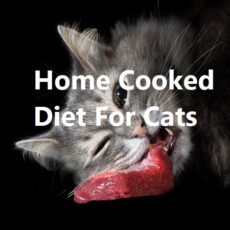
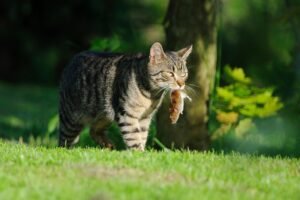 Cats are obligatory carnivores. They do require essential nutrients in meat to live. Without meat they will get ill.
Cats are obligatory carnivores. They do require essential nutrients in meat to live. Without meat they will get ill.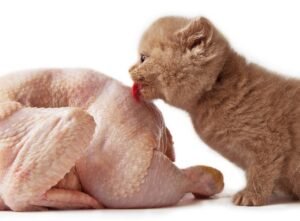 A mistake that well-meaning people make is the feeding of unbalanced homemade diets.
A mistake that well-meaning people make is the feeding of unbalanced homemade diets.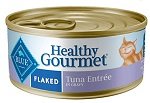



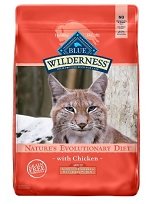

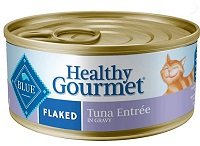
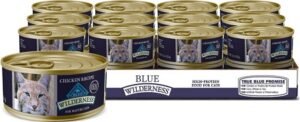
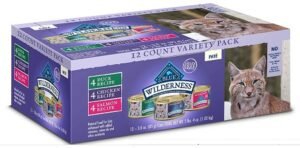
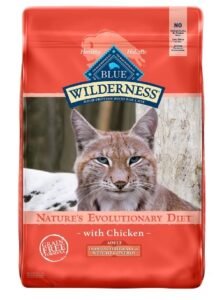
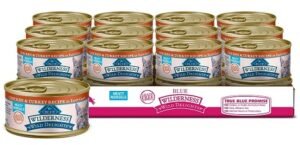
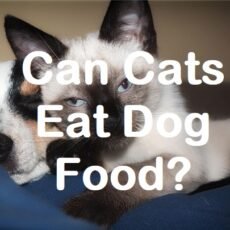
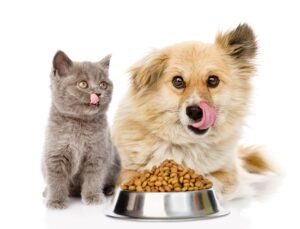 Dogs and cats are humans’ best companions. However, our feline and canine friends are very different regarding behavior and nutritional needs.
Dogs and cats are humans’ best companions. However, our feline and canine friends are very different regarding behavior and nutritional needs.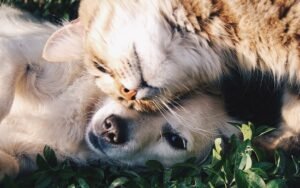 A morsel of dog food would not do any harm to cats. However, there is some vital information you need to know;
A morsel of dog food would not do any harm to cats. However, there is some vital information you need to know;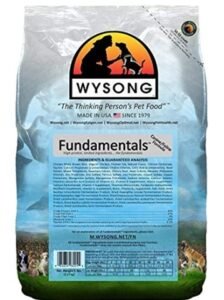
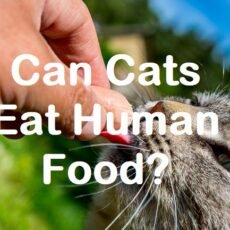
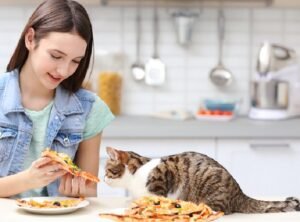 Human foods are not meant for cats. Although some human foods are harmless to cats, others pose a serious risk to your cat’s health.
Human foods are not meant for cats. Although some human foods are harmless to cats, others pose a serious risk to your cat’s health.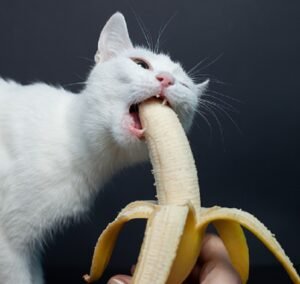 The chances that cats may enjoy a fruit meal varies. Cats have very limited sweet taste receptors, so not all cats may enjoy eating fruits.
The chances that cats may enjoy a fruit meal varies. Cats have very limited sweet taste receptors, so not all cats may enjoy eating fruits. Chocolate contains theobromine and caffeine, which is harmful to your cats.
Chocolate contains theobromine and caffeine, which is harmful to your cats.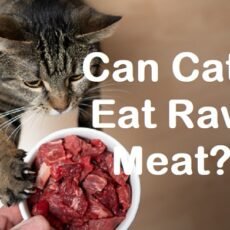
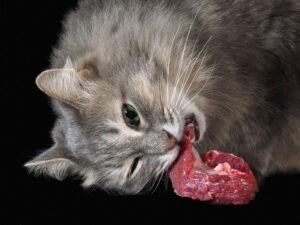 A raw food diet for cats entails feeding them uncooked animal products, meat, and sometimes raw offal and bones.
A raw food diet for cats entails feeding them uncooked animal products, meat, and sometimes raw offal and bones.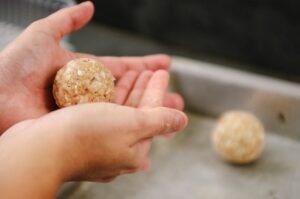 Introducing your feline to meat patties is another way to help them stabilize their innate composition as obligate carnivores. If formulated appropriately, they are a terrific high protein meat cat food that can be integrated with
Introducing your feline to meat patties is another way to help them stabilize their innate composition as obligate carnivores. If formulated appropriately, they are a terrific high protein meat cat food that can be integrated with 
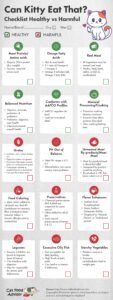
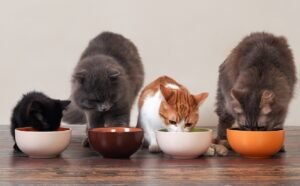 You first need to consider what type of food to feed your cat. The two main options are dry food and wet food.
You first need to consider what type of food to feed your cat. The two main options are dry food and wet food.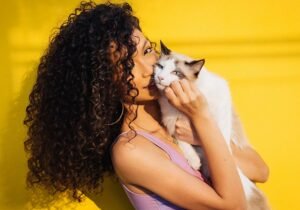 Cats are fascinating creatures that have been domesticated for thousands of years. They are known for their independent nature, as well as their Hunter’s instincts.
Cats are fascinating creatures that have been domesticated for thousands of years. They are known for their independent nature, as well as their Hunter’s instincts.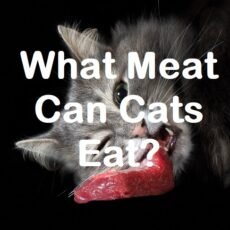
 By nature, cats are meat-eaters as meat forms an essential part of their diet. However, it would help to consider what meat cats can eat before offering your feline friend that morsel of meat.
By nature, cats are meat-eaters as meat forms an essential part of their diet. However, it would help to consider what meat cats can eat before offering your feline friend that morsel of meat. Beef is a top contender for the most consumed meat worldwide.
Beef is a top contender for the most consumed meat worldwide.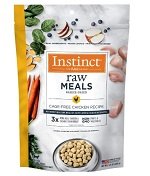

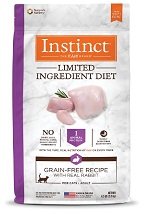
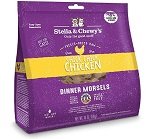
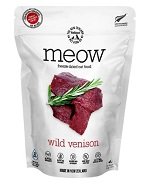
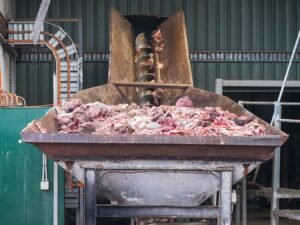 We recommend reading the ingredients list on any commercial cat food. ‘Real Meat’ should always be the first ingredient listed. Cheaper pet foods will list meat as ‘meat by-product’ or ‘meat-meal’. Although, meat-meal can be eaten by cats, it is a
We recommend reading the ingredients list on any commercial cat food. ‘Real Meat’ should always be the first ingredient listed. Cheaper pet foods will list meat as ‘meat by-product’ or ‘meat-meal’. Although, meat-meal can be eaten by cats, it is a 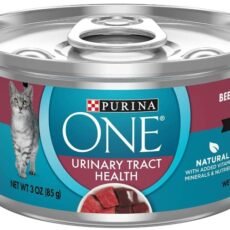
 Purina Urinary Tract Cat Foods are specifically designed to meet the needs of cats with urinary tract issues and help prevent or reduce urinary tract infections.
Purina Urinary Tract Cat Foods are specifically designed to meet the needs of cats with urinary tract issues and help prevent or reduce urinary tract infections.